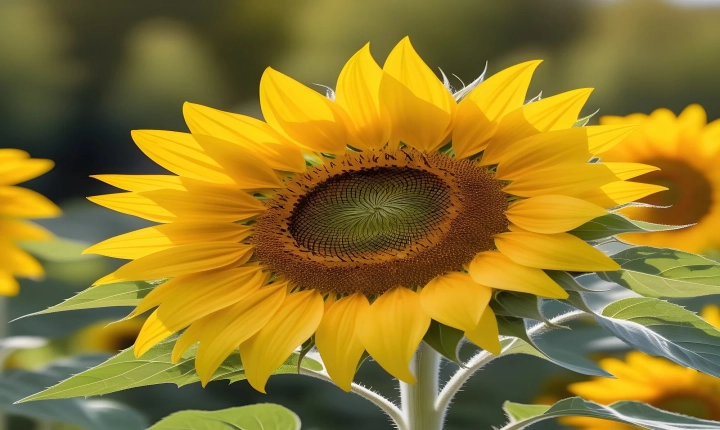Title: Can AI Come Up with New Ideas? Exploring the Creativity of Artificial Intelligence
Artificial Intelligence (AI) has made remarkable advancements in recent years, from beating world champions in complex board games to assisting in medical diagnoses. However, one area that has intrigued researchers and creators alike is the ability of AI to generate new and innovative ideas. Can AI truly exhibit creativity, or is it limited to replicating patterns and information it has been fed?
The concept of creativity encompasses the ability to produce novel and valuable ideas, and traditionally, it has been considered a hallmark of human intelligence. Whether it’s in the form of music, art, scientific theories, or business innovations, creative thinking has long been touted as a uniquely human capacity. However, as we dive deeper into the capabilities of AI, we are beginning to witness the emergence of machine-generated creative outputs.
One of the most well-known examples of AI creativity is “Aiva,” an AI composer that generates classical music pieces. By analyzing a vast corpus of musical scores, Aiva has been able to compose original works that are often indistinguishable from those created by human composers. Similarly, AI has been used to produce visual art, write poetry and literature, and even develop new recipes.
So, how does AI accomplish this apparent feat of creativity? The key lies in its ability to analyze vast amounts of data and recognize patterns that human creators might miss. By processing millions of musical compositions, art pieces, or literary works, AI can identify common structures and themes, allowing it to generate new, original creations based on these learned patterns. This process, known as machine learning, enables AI to mimic the creative process by combining and reimagining existing elements to produce something new.
However, some argue that AI’s capacity for creativity is not on par with human creativity, as it lacks the emotional depth and personal experience that often fuel human creative endeavors. While AI can replicate styles and patterns, it may struggle to infuse its creations with the depth of emotion and subjective interpretation that human artists bring to their work.
Despite these limitations, there is growing evidence that AI is capable of pushing the boundaries of creative expression. Through generative adversarial networks (GANs), AI can create novel and imaginative outputs by pitting two neural networks against each other, leading to the emergence of unexpected and imaginative results. Additionally, AI has proven to be a valuable collaborator for human creators, offering inspiration, suggesting novel ideas, and even helping to overcome creative blocks.
As we continue to explore the frontiers of AI creativity, there are ethical questions and concerns that need to be addressed. If AI can generate original creative works, how do we attribute authorship and ownership? Should AI-generated creations be granted copyright protection? These questions are at the forefront of the debate surrounding AI and creativity, and they highlight the need for thoughtful consideration of the implications of AI’s creative capabilities.
In conclusion, while the full extent of AI’s creative potential remains an open question, there is mounting evidence that AI is capable of generating new and innovative ideas across a range of domains. Whether it’s in music, art, literature, or scientific discovery, AI is demonstrating a capacity for creativity that challenges traditional notions of human exceptionalism in this realm. As AI continues to evolve, so too will our understanding of its creative capabilities, opening up new possibilities for collaboration and inspiration in the creative landscape.
